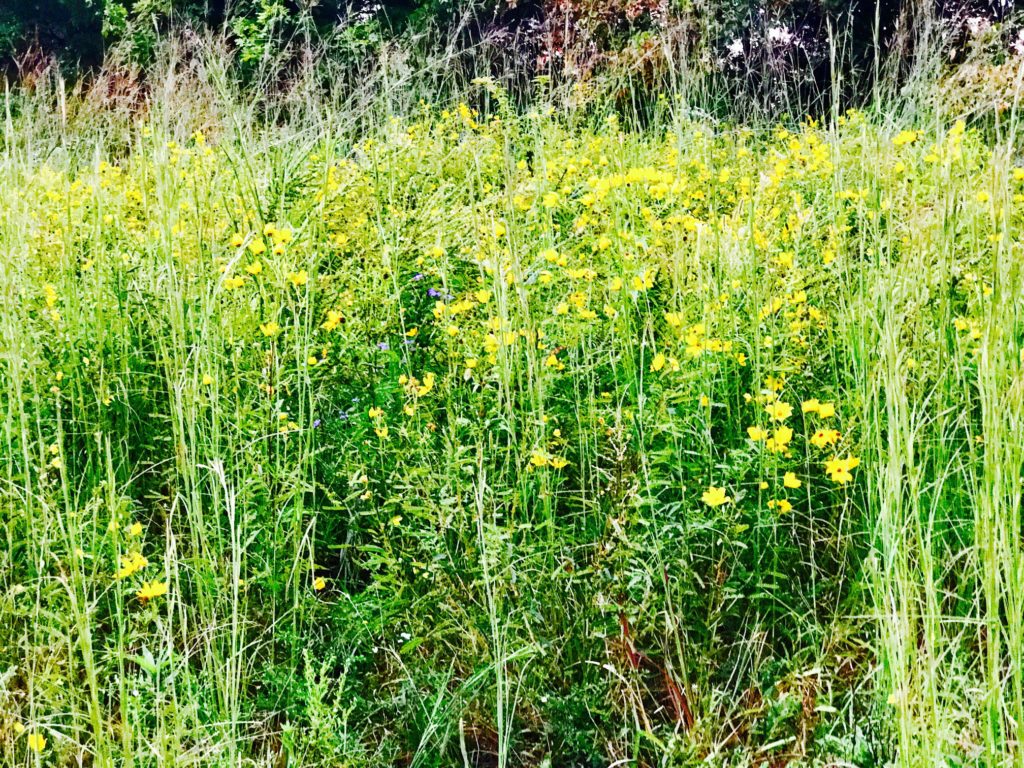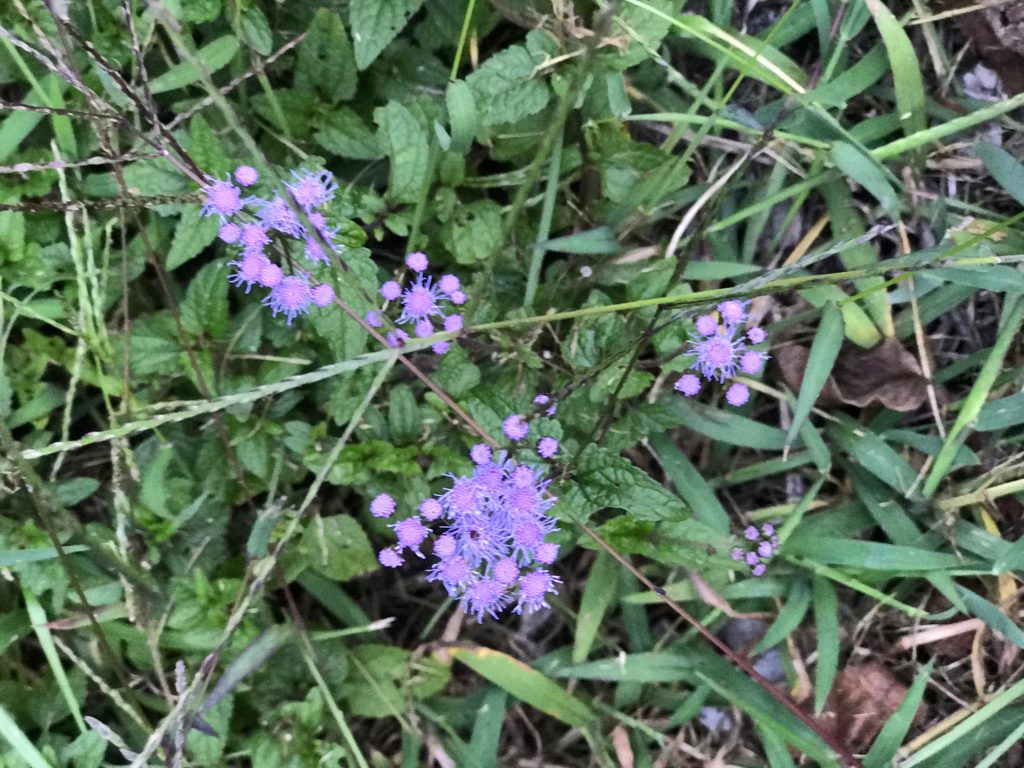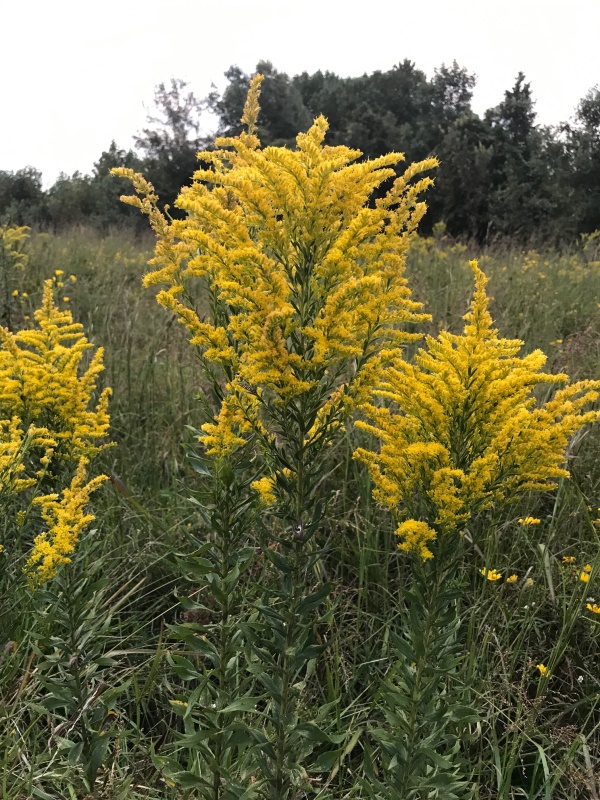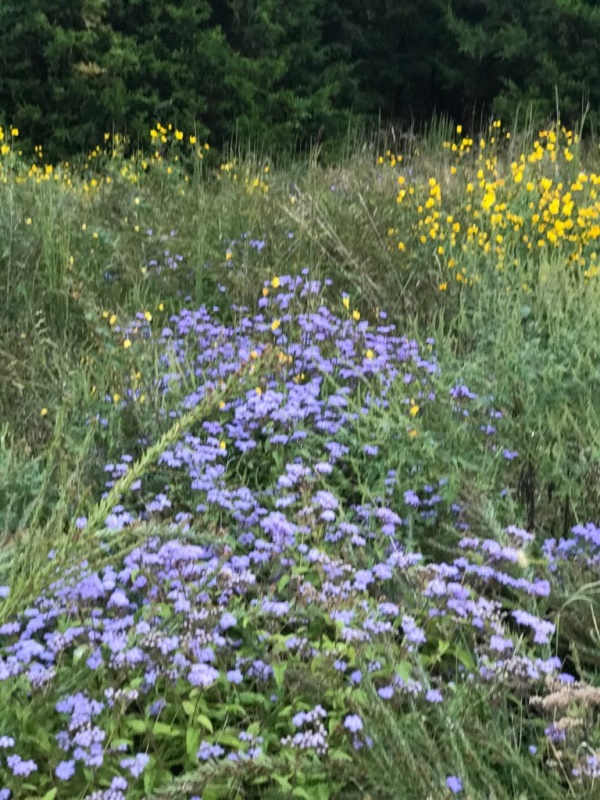Kentucky is the Bluegrass State but Is the Grass Really Blue?
Kentucky is the Bluegrass State
Kentucky is known as the Bluegrass State but the grass isn’t blue, it’s green. Furthermore, it isn’t even native to Kentucky. So why is it called Bluegrass?




That’s the beauty of Kentucky grass, but the bad news is that Kentucky is one of the worst states when it comes to allergies.
Fall Allergies (Especially Ragweed)
Living in the middle of all this beautiful grass drives our sinuses crazy! Ragweed pollen is especially bad this time of year. If you have seasonal allergies here are some things you can do to help.
Limit your time outdoors when ragweed counts are high and avoid mid-day when counts peak.
Wear a dust mask if working outside, especially if mowing.
Don’t wear outdoor work clothes inside to avoid bringing pollen in the house.
Replace and clean HVAC filters often using HEPA filters that remove at least 99 percent of pollen and other particles.
Ahhh-Choo!
My family can do a few of these things but our sons are farmers and if you are outside every day working it’s almost impossible to do all these. So usually we sneeze and bear it!
This year Kentucky has experienced high amounts of rainfall, and pollen counts go sky high after rain. Ragweed pollen loves cool nights and warm days and mold grows quickly in heat and high humidity. So if you live in Kentucky buy a big box of tissues and keep them handy! You’re going to need them!
What kind of grasses are native to your state?
This is a Blog Hop so link up and leave me a comment!





Ahh-choo! to you too!
We have a lot of ragweed, too. And clover. Lots and lots of clover. Pretty photos and great allergy tips!
I always thought it meant ‘Bluegrass Music’ not actual grass lol.
Teresa,
Living in East Tennessee is similar conditions. The various seasonal pollens are hard on our allergies, too. You don’t have to work in the yard or fields to bring offenders into your home that evoke sneezing fits, stuffy nose, and tearing eyes. When pollen is high all it takes is for DH to come from work for me to get a big whiff that tickles my nose but thankfully he soon hops in the shower. It’s a good idea as soon as you come indoors for the day to remove your garments and take a shower to ease allergy suffering. Washing hands is a good practice period. This simple hygiene tip isn’t utilized often enough. I remember in grade school the schools…yes, the school teachers making a point to instruct us to always wash our hands before leaving the bathroom. Of course, we were taught this at home and most of us looked at the teachers like, “What planet are you from?” Today, however, this pointer might be best to go over a time or two or three throughout the school year first at home, then in school. It might help if adults washed their hands because our little monkeys follow our lead! Thanks for sharing. Have a fototastic week. Feel free to join me on not-so Wordless Wednesday
Yuck! Poo on ragweed!
You too Karren! Come walk with me!
It looks like a great place to walk through the fields!!!
Hope you have a great week!
We’ve been going through a TERRIBLE ragweed season here too – I can’t sleep at night it’s affecting me so badly!
Thanks for hosting. Very beautiful pics. Have a wonderful week.
I remember sitting in elementary geography class and actually picturing “the blue grass state” as being blue everywhere! No one ever explained it, until years later when my own common sense suggested that the grass was green and there was a reason for the description!
We have rag weed here and it makes me sneeze!
Yes, it’s a beautiful state!
Nope, but you gotta love Kentucky for it’s beauty. Love all the rolling hills. So much to see and disocver too!
Nope, bluegrass is green! Thanks for commenting and coming by!
Thanks for commenting and hope you have a great week!
It’s called Bluegrass but it’s green unless you let it get really tall and then it has flowers on top of it.
I’ve never really thought about this. I have no idea what bluegrass is!!
Nice captures especially the third one 🙂
I have no idea about ours as I live in central London 🙁
Have a grasstastic week 🙂
I don’t remember most of the grasses native to WI but since there’s a large park nearby with signs I remember purple and yellow coneflowers. There are a few field guides to grasses that sound interesting. I’m one of those people who thought bluegrass was actually blue grass.